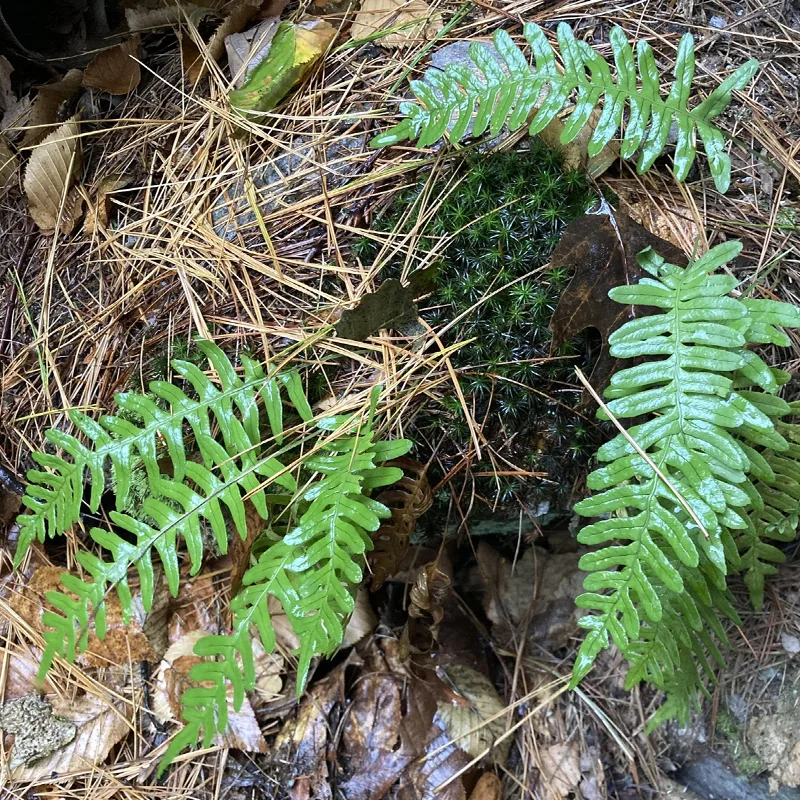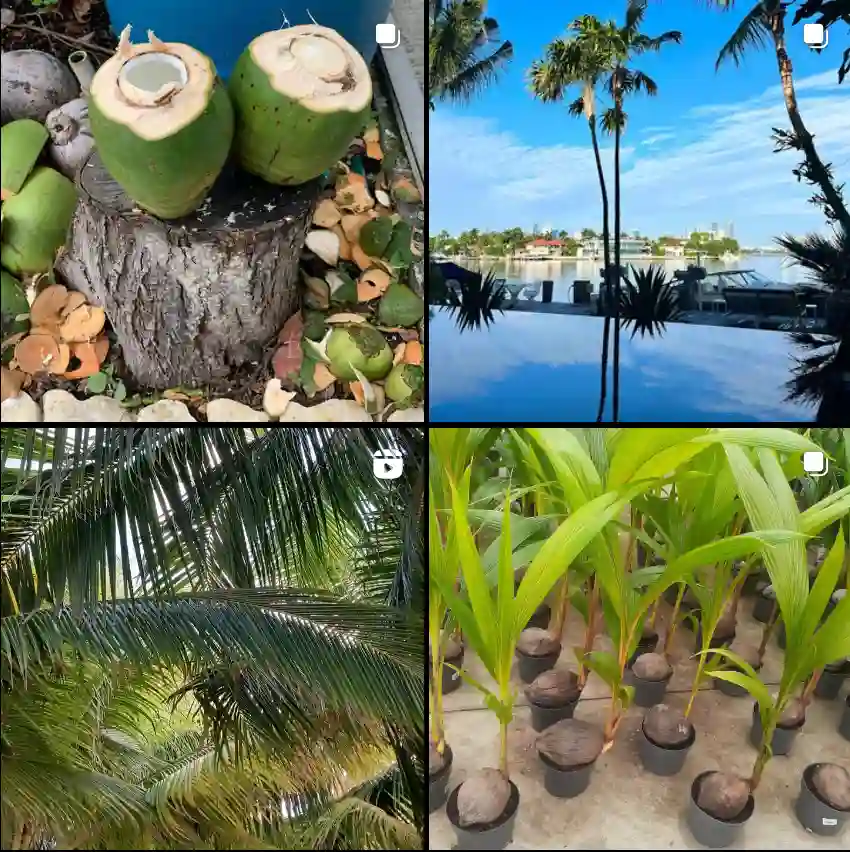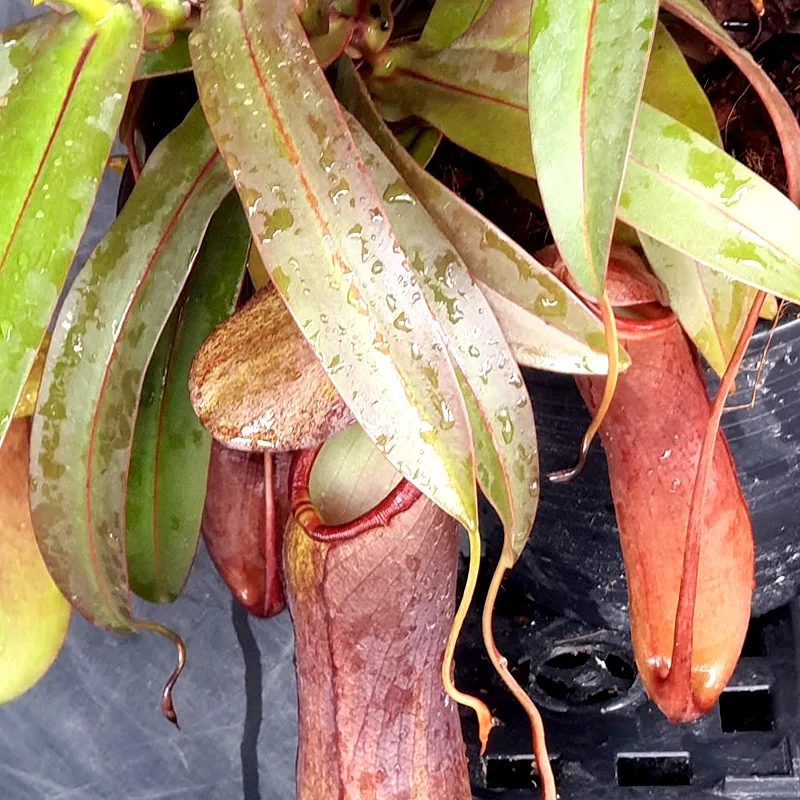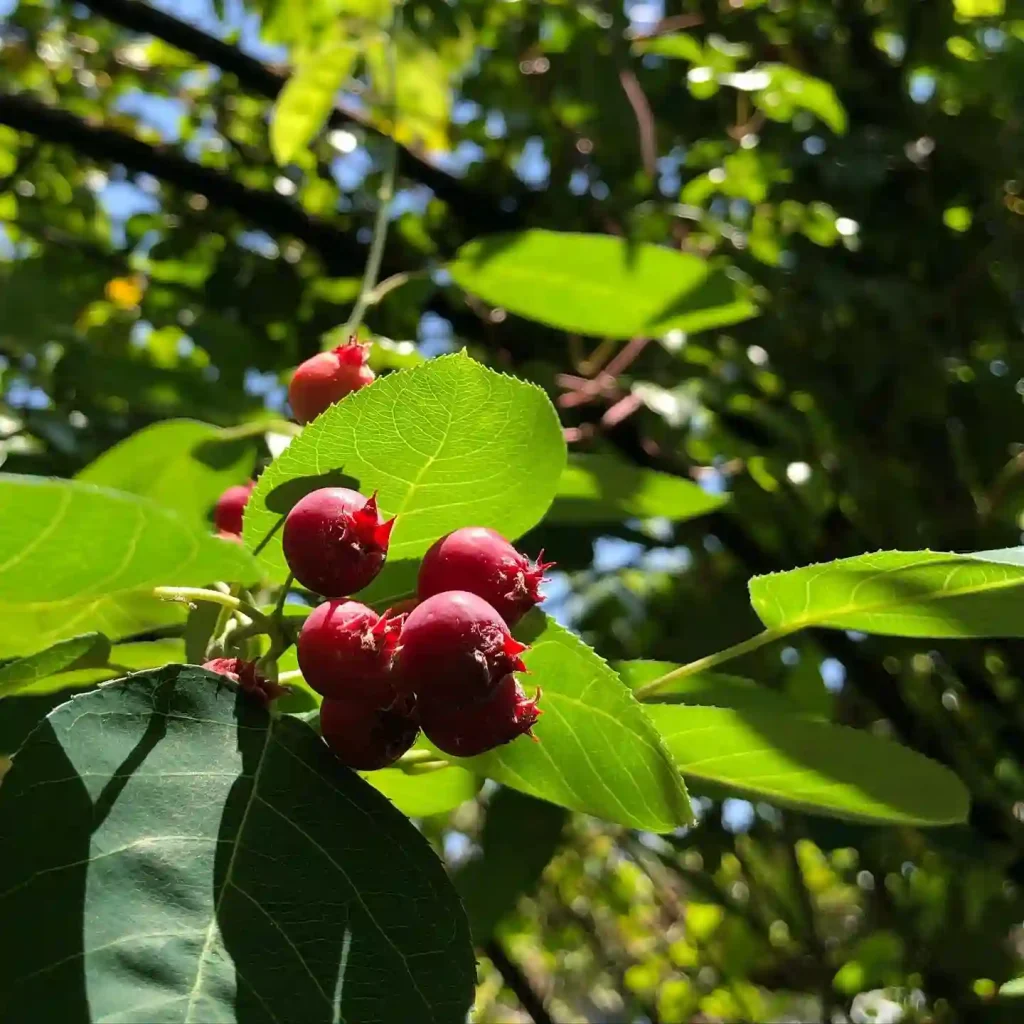My Journey into the World of Castilla
I’ve always been fascinated by the diversity of the plant kingdom. The sheer variety of forms, functions, and adaptations never ceases to amaze me. Lately, I’ve become particularly interested in the genus Castilla, a group of fascinating trees native to the tropical regions of Central and South America.
Castilla belongs to the Moraceae family, which also includes the fig, mulberry, and breadfruit. These trees are known for their milky latex, which has been used for centuries by indigenous peoples to produce rubber. In fact, the name Castilla is derived from the Spanish word “castillo,” meaning “castle,” a reference to the thick, white sap that oozes from the tree’s bark when cut.
Discovering the Diversity of Castilla
As I delved deeper into the world of Castilla, I was struck by the diversity within this genus. While all Castilla species share certain characteristics, such as their large, leathery leaves and their production of latex, there are also subtle differences that distinguish them.
Here are the currently recognized species within the genus Castilla:
- Castilla elastica: Known commonly as the Panama rubber tree, Castilla elastica is a significant tree native to Central and South America. It’s valued historically as a source of natural rubber, once extracted by indigenous cultures to make balls for Mesoamerican sports and rituals. The tree can grow up to 30 meters tall, featuring a smooth, straight trunk with large, elliptical leaves and inconspicuous flowers. Its natural latex is white, milky, and rich in rubber content. Castilla elastica thrives in warm, humid forests and has been part of traditional medicine and craft-making.
- Castilla ulei: Castilla ulei is a less-known species closely related to C. elastica, also native to tropical regions of Central and South America. This tree is found predominantly in wet, lowland rainforests, favoring the humid environments of Brazil, Peru, and Colombia. Its growth habit and general appearance are similar to C. elastica, though it has some distinct differences in its latex composition and the structure of its leaves and fruits. C. ulei has been studied for its latex properties, though it is not as prominent in rubber production due to its more limited distribution and yield.
- Castilla tunu: Native to tropical regions in Central and South America, Castilla tunu is another rubber-producing species, though less frequently cultivated. It is often found in dense, humid forest ecosystems and, like its relatives, produces latex. The species grows relatively quickly and has been traditionally utilized by indigenous communities for medicinal purposes and craftwork. Its bark and latex hold cultural significance, though it has not been as widely studied or utilized in commercial rubber production as C. elastica.
The Importance of Castilla
Castilla trees play a vital role in their ecosystems. Their large, spreading canopies provide shade and shelter for a variety of animals, while their fruits serve as a food source for many birds and mammals. Moreover, the latex produced by these trees has a long history of human use.
In addition to its use in rubber production, Castilla latex has been traditionally employed for a variety of other purposes. Indigenous communities have used it to create waterproof clothing, adhesives, and even chewing gum. The wood of Castilla trees is also valued for its durability and is used in construction and carpentry.
Conservation Concerns
Despite their ecological and economic importance, Castilla trees are facing increasing threats. Deforestation due to agriculture and logging is leading to habitat loss and fragmentation, putting pressure on these magnificent trees. Climate change is also a concern, as it may alter the delicate balance of the ecosystems in which Castilla thrives.
It is crucial that we take steps to protect these valuable trees. Sustainable forestry practices, reforestation efforts, and the establishment of protected areas are all essential for ensuring the long-term survival of Castilla.
My Continued Fascination
My exploration of the genus Castilla has been a rewarding journey. I’ve learned about the fascinating biology of these trees, their ecological importance, and their cultural significance. I’m also more aware of the challenges they face and the need for conservation efforts.
I believe that by understanding and appreciating the natural world, we can become better stewards of our planet. My hope is that by sharing my fascination with Castilla, I can inspire others to learn more about this remarkable genus and join the effort to protect it for future generations.
If i die, water my plants!



